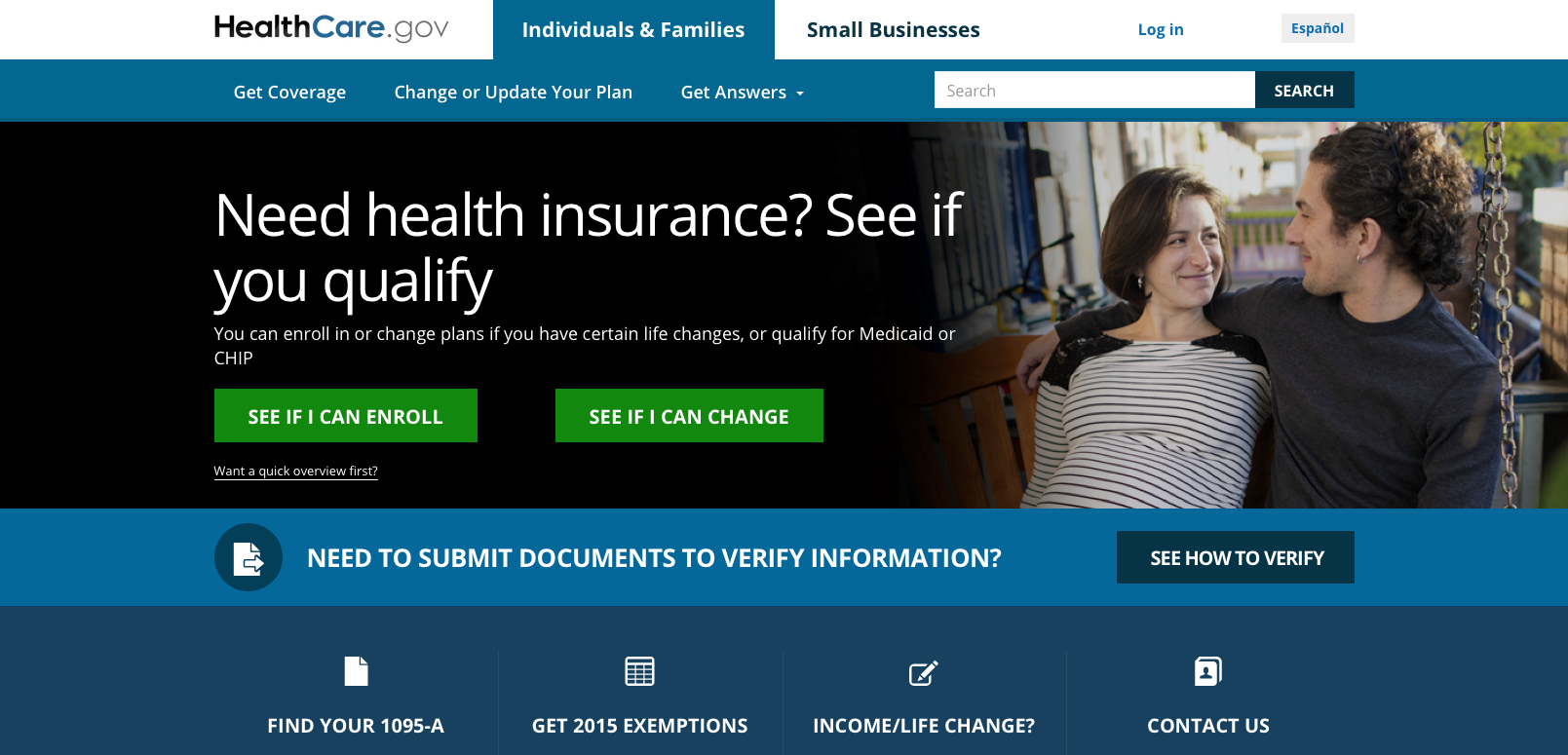Recent news has renewed attention on Obamacare’s health insurance exchanges (misleadingly called “marketplaces” by the Administration).
America’s largest health insurer, UnitedHealth Group, will all but withdraw from the Obamacare exchange business. Having sold plans in 34 states this year, the company will participate in only a “handful” next year. With 795,000 beneficiaries, UnitedHealth Group indicates it will lose $650 million in the exchanges this year—over $800 per enrollee.
Other insurers are sticking it out. Notably, Anthem, another leading for-profit insurer, which has nearly one million Obamacare enrollees, is positive about its future in the exchanges. In its latest quarterly earnings call, Anthem anticipated a profit of three to five percent. However, that is not likely to happen until 2017. Further, the insurer said it needs the federal government to take unspecified actions to “stabilize” the market. Anthem’s optimism is surprising.Republicans in Congress have railed against taxpayer-funded “bailouts” of health insurers which operate in the exchanges. Unless Democrats retain the White House and win compelling majorities in both chambers of Congress this November, it is unlikely insurers will restore the cozy relationship they had with the federal government when they succeeded in getting Congress and the President to impose a mandate to buy health insurance through the Affordable Care Act in 2010.
In fact, the exchanges are quickly turning into toxic pools of surprisingly expensive patients who seek coverage when they need treatment and then drop out. The individual mandate and limited open enrollment have not addressed this problem. Optimistic Anthem runs Blue Cross or Blue Shield plans in 14 states. However, the Blue Cross Blue Shield Association, which represents 36 Blue Cross and Blue Shield plans covering 105 million Americans, has released a study of its members’ claims data in Obamacare exchanges in 2014 and 2015. Obamacare enrollees are sicker and more expensive than enrollees in pre-Obamacare individual plans or employer-based plans. Medical costs for the Obamacare enrollees were, on average, 19 percent higher than employer-based group members in 2014 and 22 percent higher in 2015. The average monthly medical spending per member was $559 for individual enrollees versus $457 for group members in 2015.
An independent study conducted by scholars at the Mercatus Center confirms significant Obamacare exchange losses in 2014. The Mercatus study shows how badly insurers mispriced their exchange products in Obamacare’s first year, despite a taxpayer-financed reinsurance fund designed to backstop losses in Obamacare’s first three years. Losses were well in excess of $2.2 billion, after receiving net reinsurance payments of $6.7 billion. Further, these reinsurance payments were at least 40 percent more per enrollee than insurers had expected when setting premiums.
And, don’t forget the underperforming reinsurance program itself expires this year. Where will insurers look to cover their losses next? Although insurers are unlikely to convince Congress to solve their problem without wholesale reform to Obamacare, it looks like insurers are nevertheless—very quietly—figuring out how to get taxpayers to finance their losses.
The average Obamacare exchange premium increased from $346 in 2014 to $386 this year. That comprises 12 percent growth over two years. However, almost nine of 10 Obamacare enrollees are subsidized by tax credits, which significantly reduce the share of premium they pay themselves.
Examining premium hikes in Obamacare’s second and third years separately, it is clear insurers have learned how to shift more costs to taxpayers. The change in gross premium from 2014 to 2015 was ten dollars per month, or three percent. The tax credit actually declined by ten dollars, or four percent. So, the net premium increased by $20, or 24 percent.
People were unhappy. So, this year, the average gross premium increased by $30, or 8 percent from 2015. However, the average tax credit increased by $26. The net premium, therefore increased only $4, or four percent.
Despite gross premiums growing three times faster in 2016 than 2015, Obamacare beneficiaries will actually see a significantly less painful increase in the net premium they have to pay. Taxpayers are shouldering a higher share of Obamacare’s costs.
Obamacare’s tax credits are based on the lowest-cost Silver plan in a region. The same subsidy will result in a very different net premium if a person chooses Bronze, Silver, Gold, or Platinum. The evidence suggests insurers have learned quickly how to design their “metal” plans to drive enrollees towards plans with the highest share of premium borne by taxpayers.
The solution to insurers’ gaming this tax credit is a transparent, fixed-dollar tax credit, defined and appropriated by Congress, which allows individuals to buy insurance that satisfies their health needs, not insurers’ needs to cover their losses.








